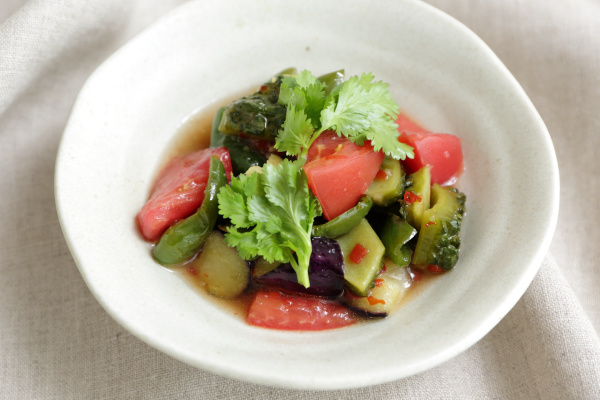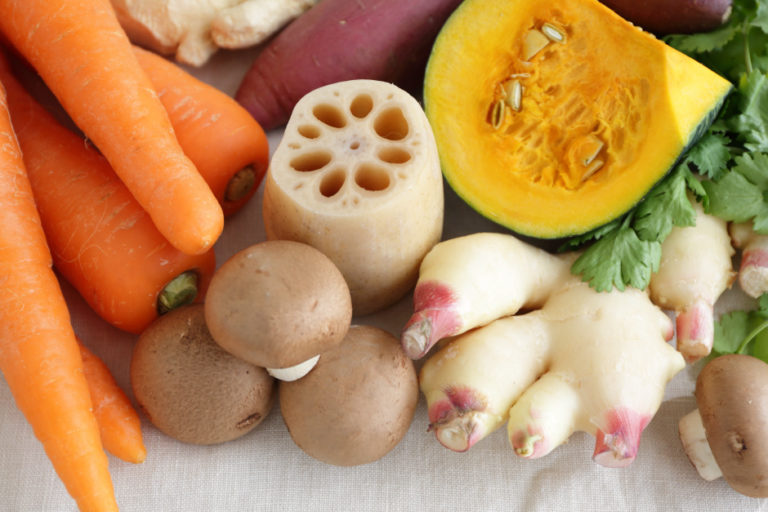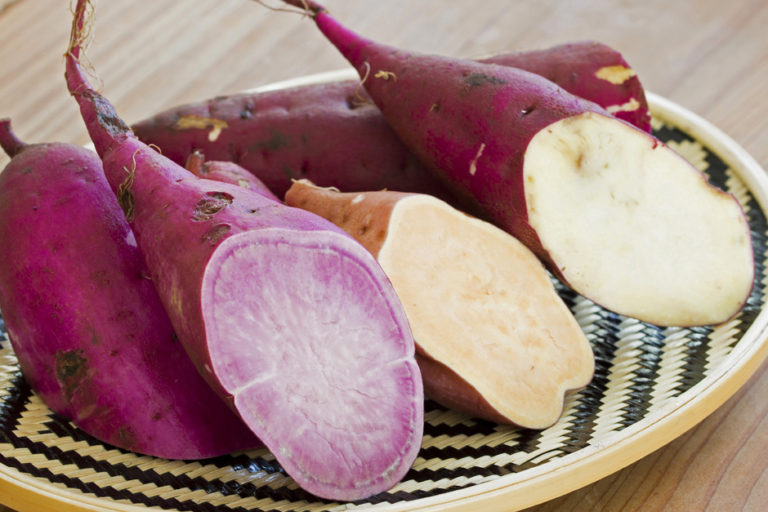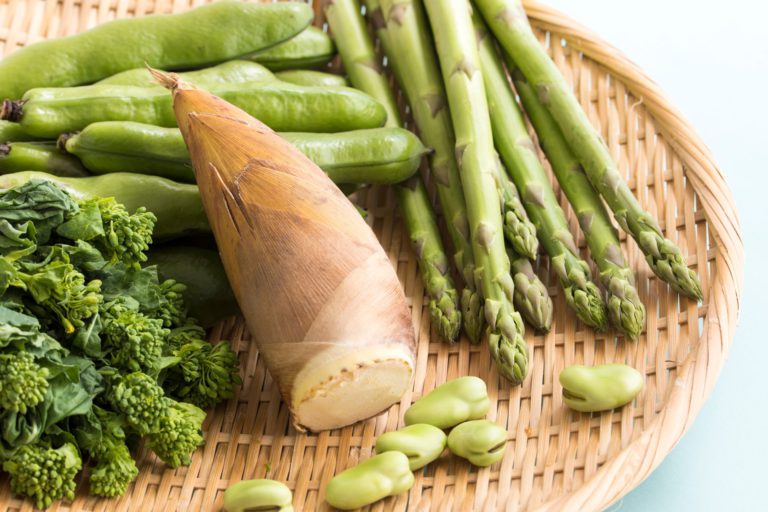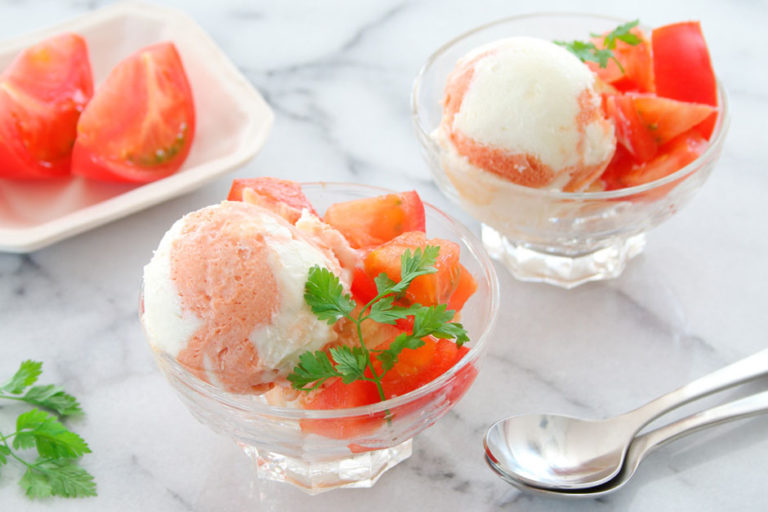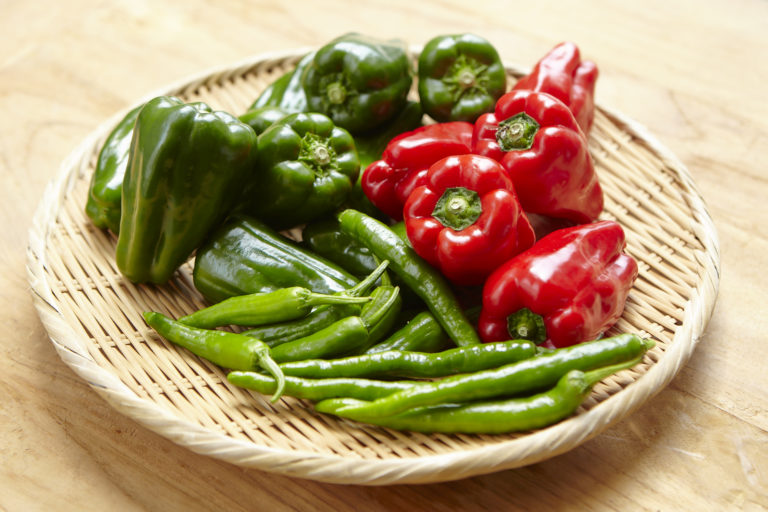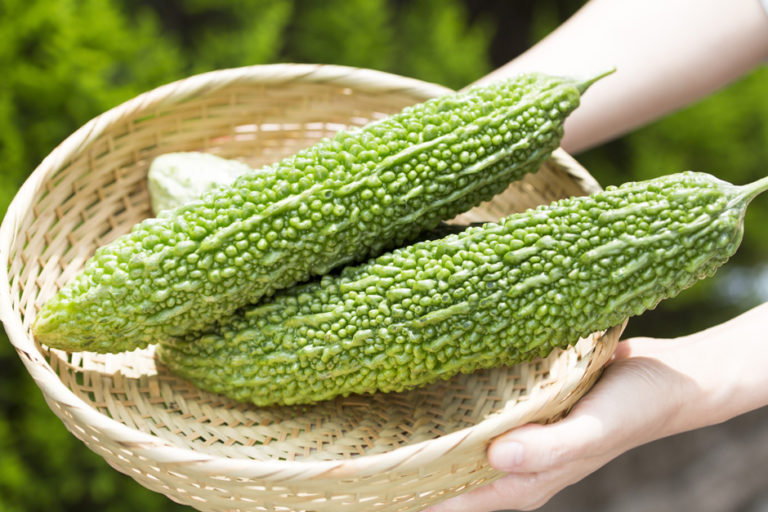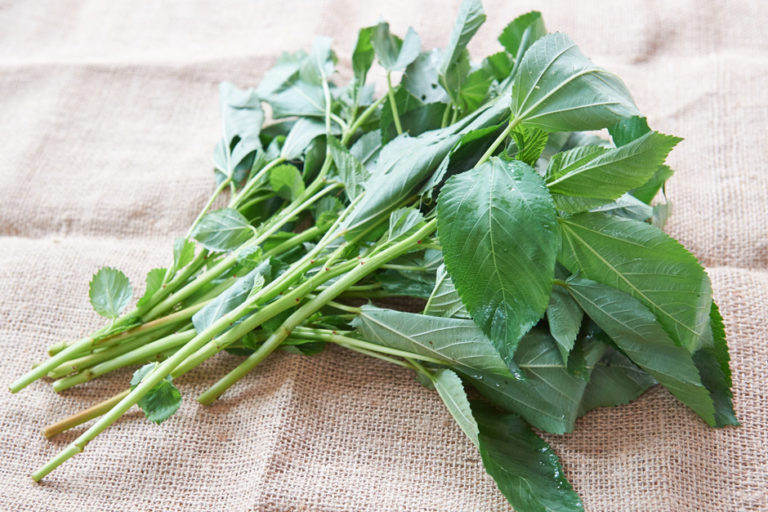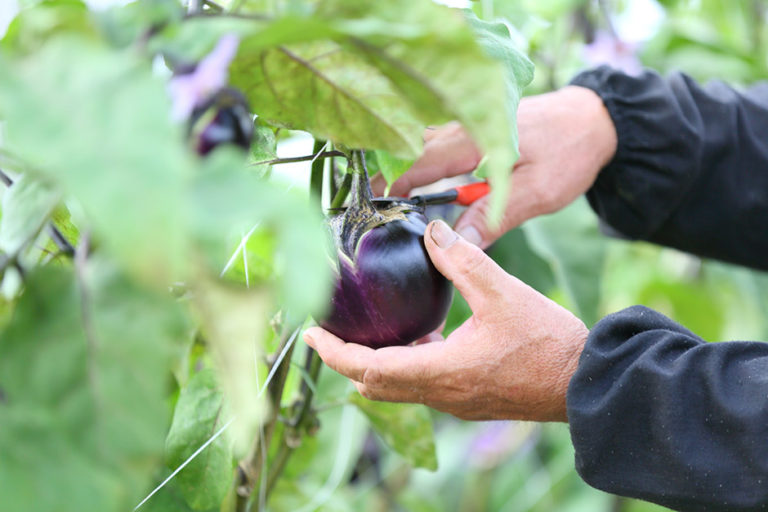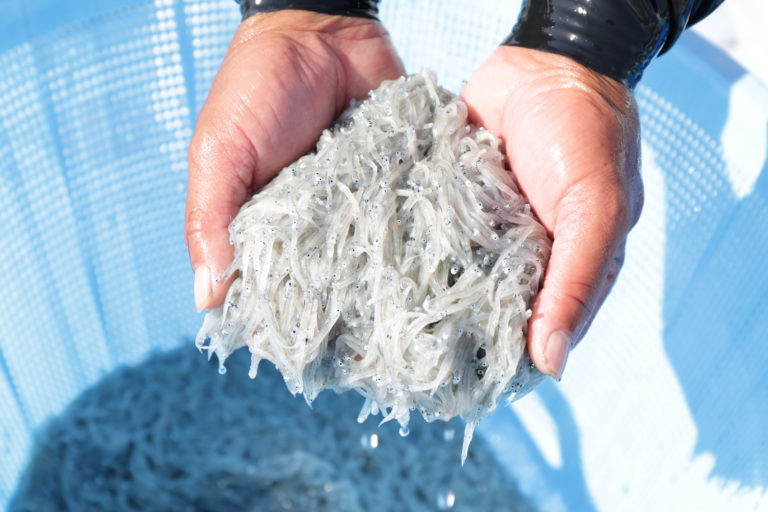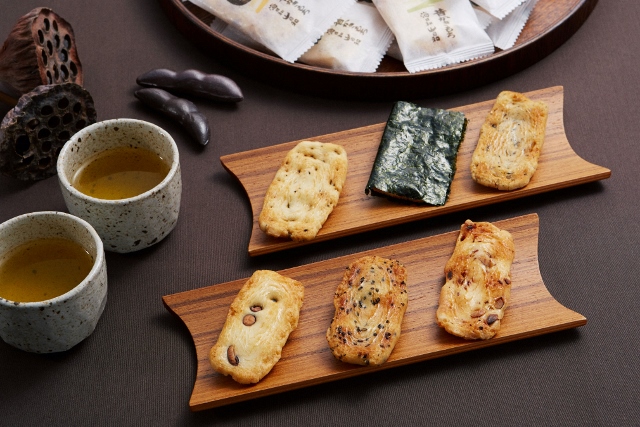Beating the Heat with Nutritious Summer Vegetables
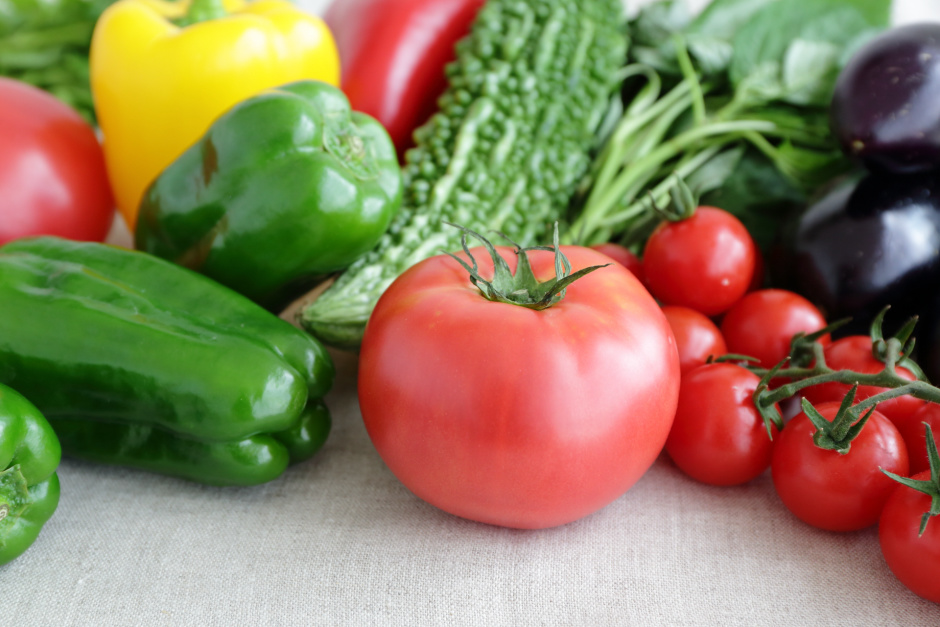
In this article, we will tell you how to choose good summer vegetables and introduce nutritious recipes.
Seasonal vegetables are your friends during summer
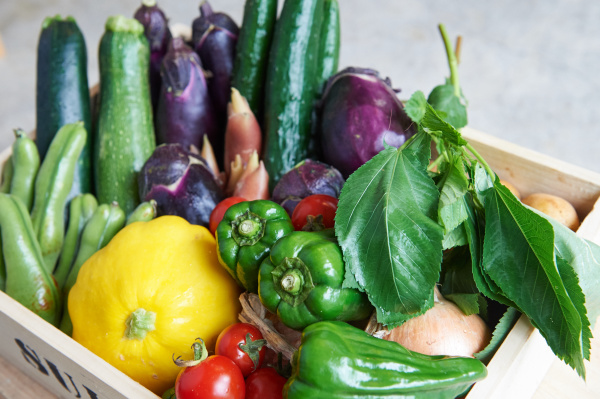
The ancient lunar calendar divided the year into 24 seasons according to the position of the sun.
Summer in the lunar calendar has six separate seasons of roughly two weeks, each one heralding a visible change in the environment. The six summer seasons start on May 6 with rikka, followed by shoman, boshu, geshi, shosho and taisho. The cycle of seasons delineated by the lunar calendar governs the growth cycle of vegetables and the needs of the human body.
In the heat of summer, for example, we tend to have less appetite, while we also produce more sweat and become dehydrated and lethargic. Summer vegetables help to address these physiological challenges.
Summer vegetables with high moisture content such as eggplants help us rehydrate and they also bring down our body temperature. Another recommended summer vegetable is jute mallow, which has a smooth and sticky consistency that allows for easy eating while providing nourishment and it fortifies mucous membranes in the body.
Furthermore, during the hot summer months, instead of raw vegetables that put stress on the digestive system, eating simmered or grilled vegetables is easier on the stomach, especially for people who have digestive problems. Vegetables such as tomatoes for simmered dishes, bitter gourd, eggplants and green peppers that match nicely with oils are perfect for summer dining.
Here are some seasonal vegetables for the summer.
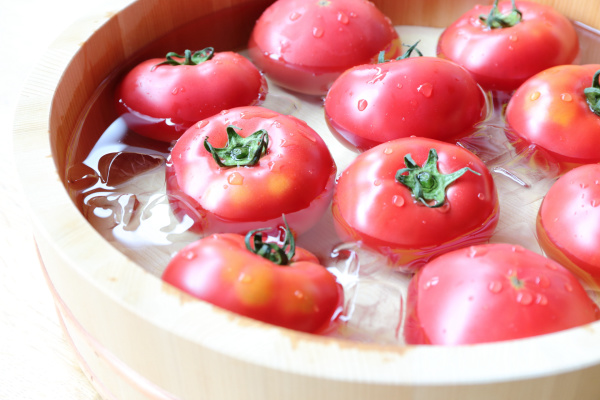
Tomatoes
Their red color stands out and draws attention at grocery stores and the vegetable section of super-markets. Tomatoes, a popular vegetable that is available all year round, hit their peak harvest season from spring to summer. They have a good balance of sweetness, acidity and tastiness and are truly an almighty vegetable that can be eaten raw or cooked.
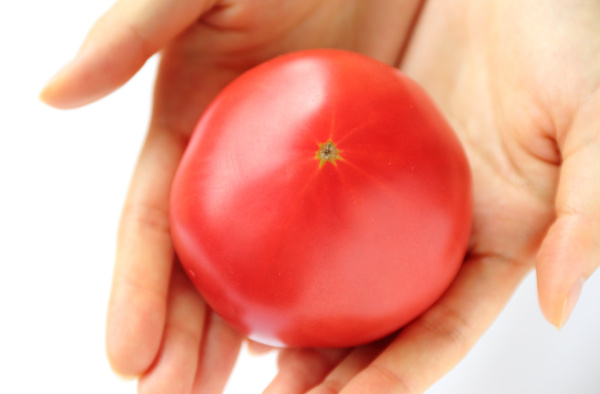
Tomatoes become a bit watery at the start of the rainy season. In the early summer, from spring to just before the rainy season, tomatoes from the main island of Honshu are good, and tomatoes from Hokkaido are good from mid-July to September. Hokkaido does not have a rainy season, so tomatoes grown there do not get watery and are said to be especially sweet.
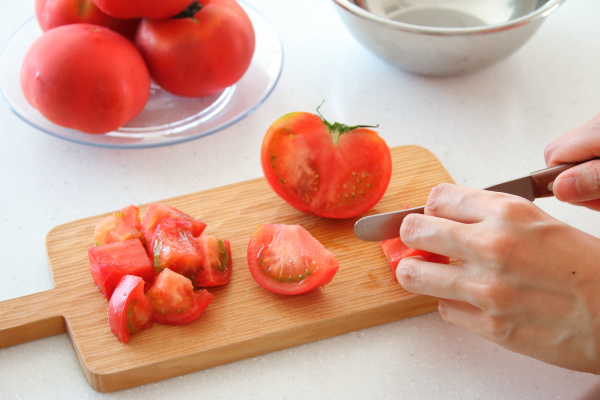
When selecting tomatoes, make sure to choose ones that are heavy, symmetrical, and perfectly round. If there are many radial lines on the bottom, it means the tomato is full of energy and sweet. Check the cap as well. If the cap is bright green, fresh and taut, the tomato is fresh. Tomatoes that have a sweet taste when eaten raw are even sweeter when cooked.
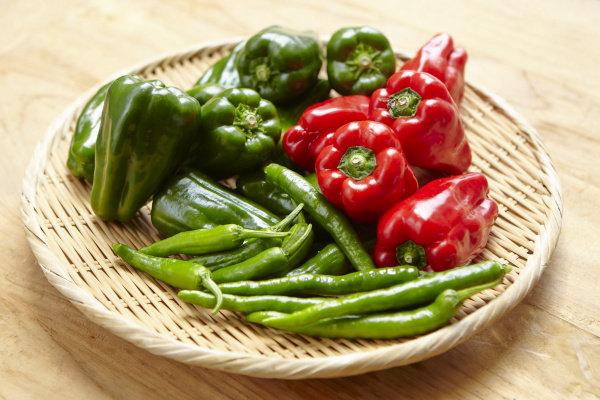
Green pepper
Green peppers originate in tropic climates like Central and South America. They were originally red peppers, but in the process of being transported to Europe they changed their form, and diversified into pungent and sweet species. Paprika and green peppers belong to the sweet species.
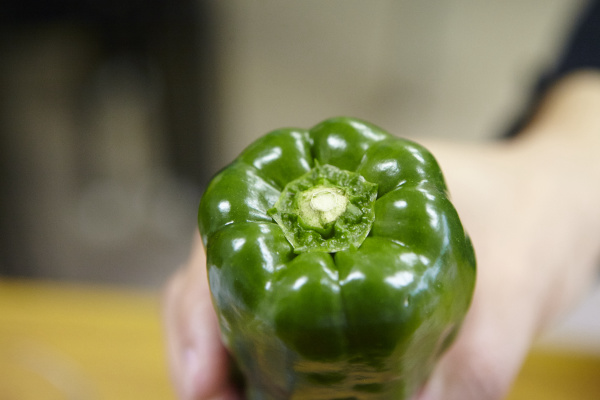
May to September in Japan is similar to the climate in Central and South America, making it the best season for green peppers.
At the head of early season peppers, there is a seed that connects to the base of the hypocotyl that is still white and full of water. Don’t throw it away, because you can eat that too.
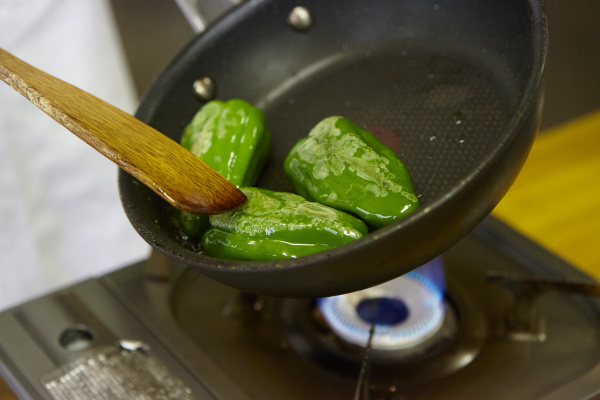
When selecting green peppers, choose ones that have a pale green color, with the raised portion of the pepper around the center axis swollen and firm.
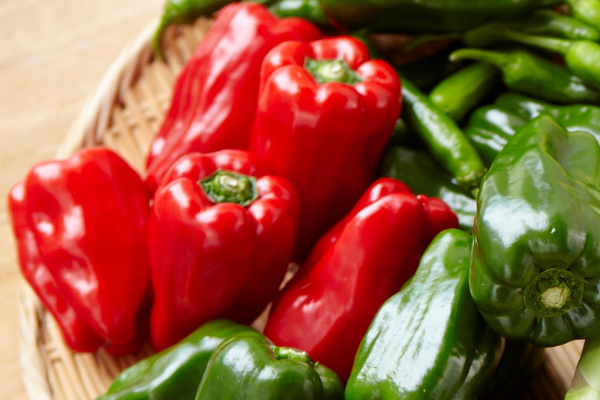
You can either open up several holes using a toothpick, or fold creases into the skin and fry the whole pepper thoroughly in a large amount of oil, then add water and steam it. This will bring out the full flavor of the whole pepper, including the seeds.
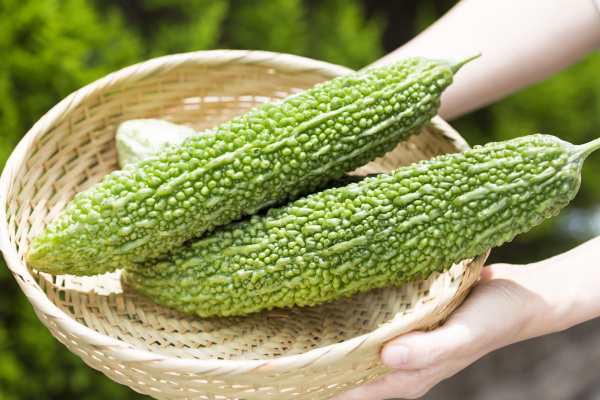
Bitter gourd
Since ancient times, bitter gourds had been a prized vegetable in China and India for its medicinal properties. People either like it or dislike it because of its unique bitterness, which comes from a nutritional substance momordicin, which protects the lining of our stomach and intestines and promotes appetite. Bitter gourd also contains five times more vitamin C than tomatoes and cucumbers. The vitamin C in the bitter gourd is also more resilient when heated. Its taste, nutrition and heat-lowering properties make it a well-rounded summer food.
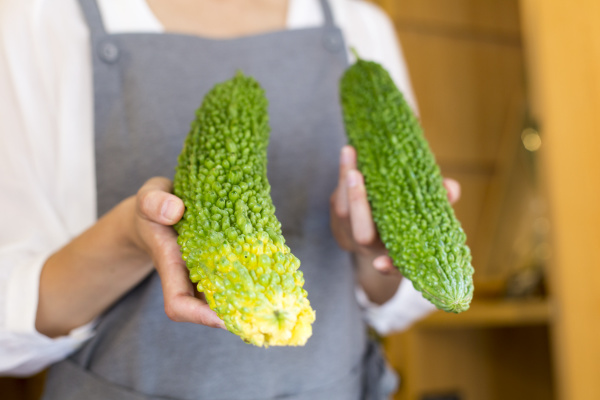
Bitter gourds are in-season during June to August. Select ones that are heavy with a firm surface and bright green color.
One of the most famous bitter gourd dishes is Okinawa’s goya chanpuru (stir-fried bitter gourd with pork, tofu and eggs), but many people believe that bitter gourd is not very versatile when it comes to cooking.
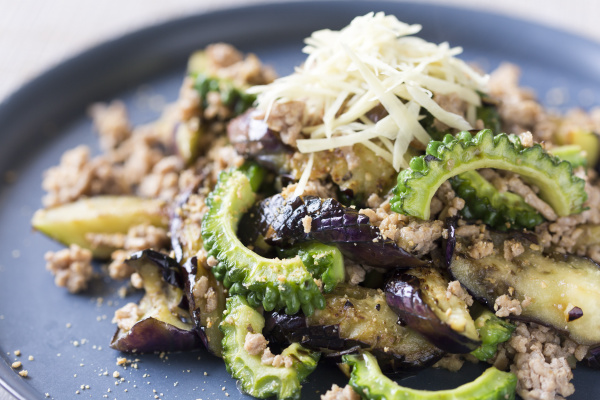
Bitter gourds are perfect for stir-fry dishes, as it goes well with oil. Stir-frying sliced bitter gourds with eggplant and minced meat is delicious, and making a salad by tossing sliced bitter gourds and onions with pickled plum dressing is also highly recommended.
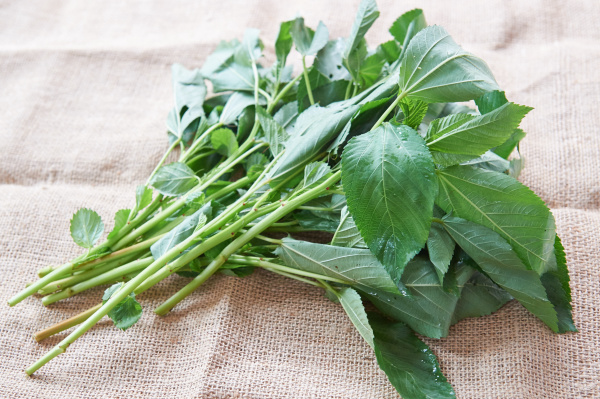
Jute Mallow
Jute mallow hails from Africa and is known as the food of kings in Arabic. In ancient Egypt it was highly valued for its nutritional content.
Jute mallow is in season between mid-June and mid-August. The harvest begins down south in Okinawa and tracks north following the rainy season weather front.
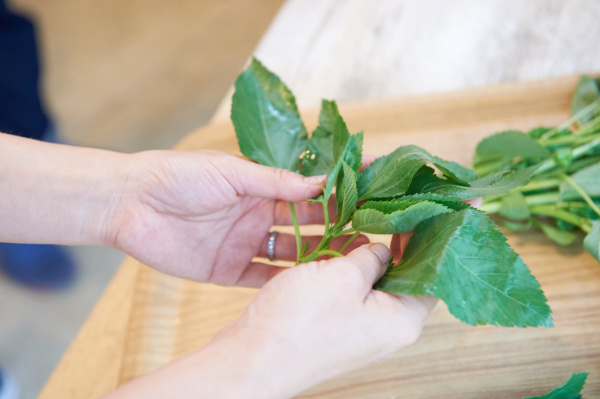
Jute mallow is rich in mineral calcium and vitamins. It is also high in iron, making it the ideal summer vegetable for women who are low in iron. Its okra-like sticky consistency works to protect mucous membrane and digestive tracts weakened by the summer heat. Its slippery smooth texture is perfect for summer fatigue.
When selecting jute mallow, choose bunches with firm leaves that are both thick and soft. Make sure the veins that can be seen on the underside of the leaves are symmetrical and beautiful. The color should be a gossamer moss green as well.
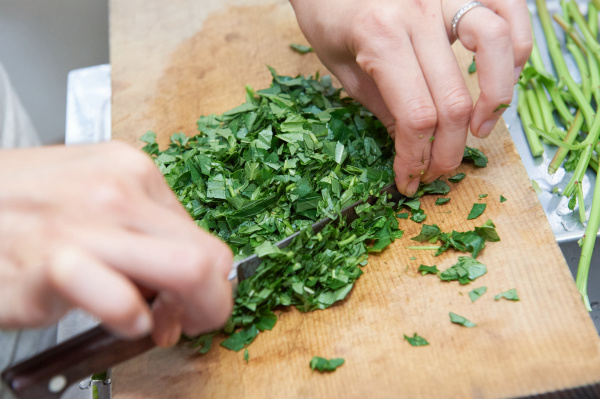
When cooking jute mallow, try to mince it as fine as possible. Doing so will bring out its characteristic stickiness for easy summer eating, and will create a dish that is easy on the digestive system as well.
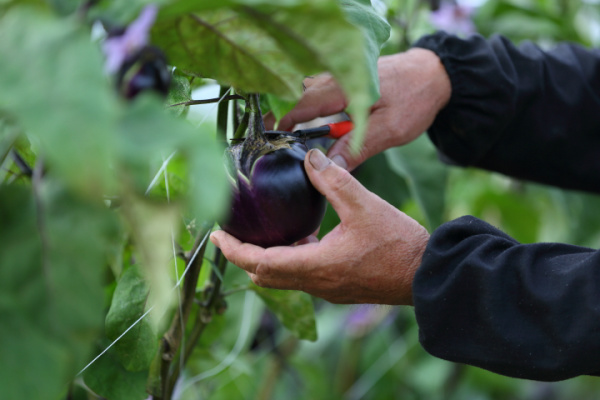
Kinchaku eggplant
Eggplants are a popular vegetable seen commonly on the dinner table of any Japanese household, but few know eggplants are a very popular vegetable in Niigata Prefecture, famous for rice production.
Why has Niigata long been a place of eggplant farming? It is to do with the fact that farmers could grow eggplants in the idle period, between rice planting and harvesting, when rice farmers are at their busiest, and also because Niigata has hot, humid summers perfect for growing eggplants.
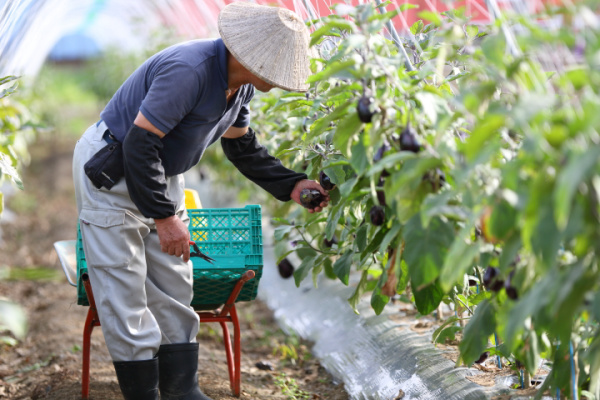
Niigata has the largest farming area for eggplants in the country, yet eggplants from Niigata are hardly known. Why? It is to do with the fact that most of the eggplants are consumed within the prefecture. The eggplant-loving residents of Niigata use different varieties of eggplants for different dishes, just like Italians use different varieties of tomatoes.
Yakinasu eggplants (meaning grilled eggplants in Japanese) are, true to their name, most delicious when they are grilled until they have a thick texture. Nashinasu eggplants are best for pickling. Kinchaku eggplants, with their distinct sweetness, are best steamed and served with ginger and soy sauce. Steaming eggplants is easy—just peel the skin and wrap in cellophane before cooking in the microwave for about three minutes.
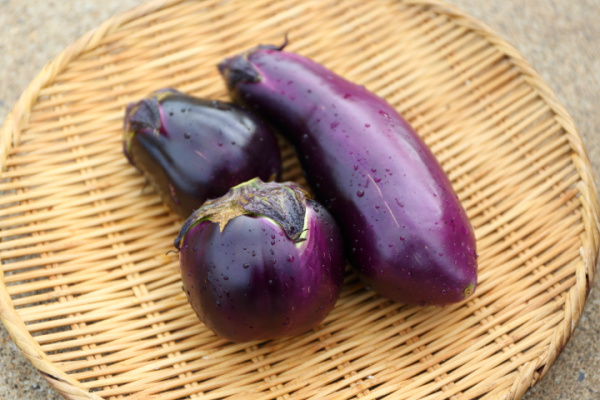
Kinchaku eggplants of Niigata Prefecture are in-season around August. The eggplants are the firmest and most delicious around this time. When selecting eggplants, choose ones that are firm, with a good color and shine. Fresh eggplants have sharp thorns on their caps.
Enjoy a variety of summer vegetables with these easy recipes
Here is a recipe using tomatoes, green peppers, bitter gourds, and eggplant—seasonal summer vegetables introduced above. It features an abundance of nutritious summer vegetables and also uses vinegar for a better shelf life, which is a concern during the summer.
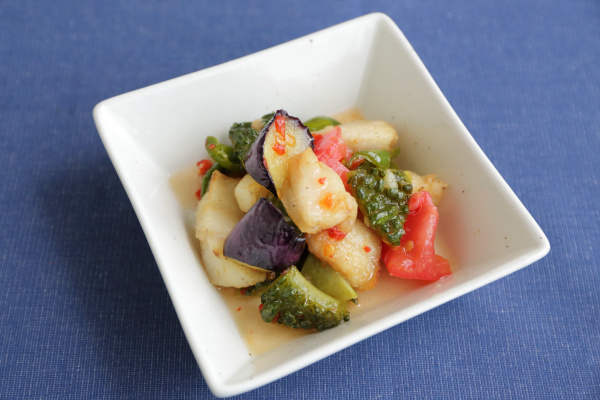
Adding fried white-meat fish in the marinade to create an ethnic-style seafood salad is also highly recommended.
Summer is also a time when the digestive system is weakened due to taking in too many cold foods/drinks and by air conditioning. Why not pep up your dining table with colorful summer vegetables to beat the hot weather?

